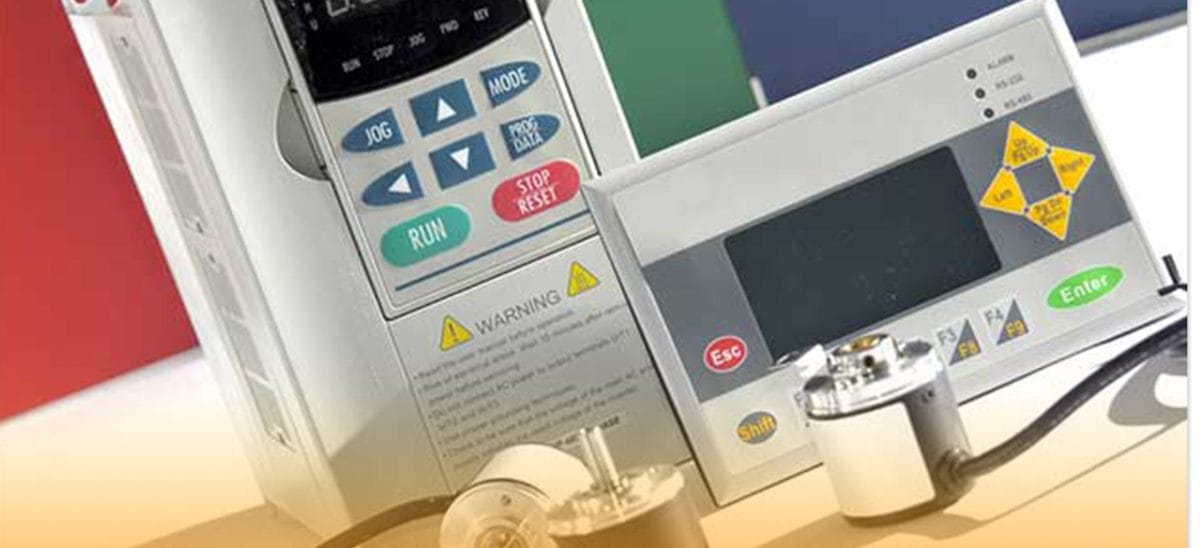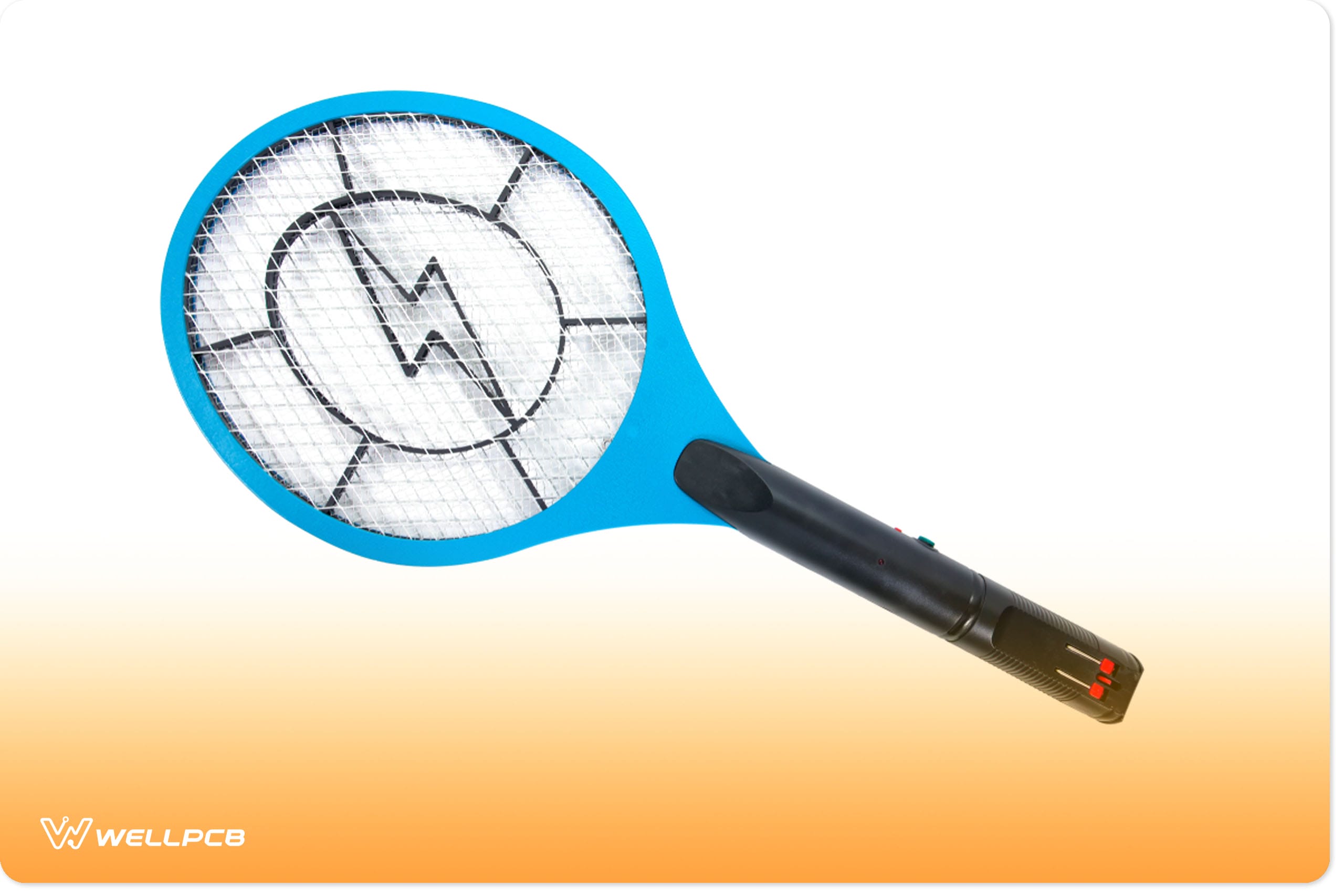Contents
What Is a Motor Controller?
A motor controller is a system that controls the performance of the motor and ensures that it functions optimally. A controller doesn’t have to be a single device – multiple units can make a motor control system.
The controllers have gone a long way, and their modern variations contain microprocessors and power electronics. That enables them to do many more tasks than they used to, which takes motor control to an entirely new level.
Different Types of Motor Controllers
You can control the motor remotely, automatically, or manually. It is not only about activating and deactivating it because control systems can do many other things.
Here are some motor controller types that are most common throughout the world:
- Activators – you need to use “starters” to activate some motors, especially big ones. The task of this system is to ensure power supply to the motor when you need it. You also have starters that can make the motor work at reduced voltage.
- Variable speed drive – you can set the desired operating speed thanks to these devices. Apart from adjusting it automatically, you might also be able to set it manually.
- Intelligent controllers – these are “smart” devices that can adjust the torque based on the load they measure.
- Servo controllers – these can handle some advanced features, such as accelerating the motor at a fast rate, controlling the position of the motor in a precise loop, and controlling the speed.
You can even make some DIY motor controllers, but they can’t exactly do the advanced functions required in factory surroundings.
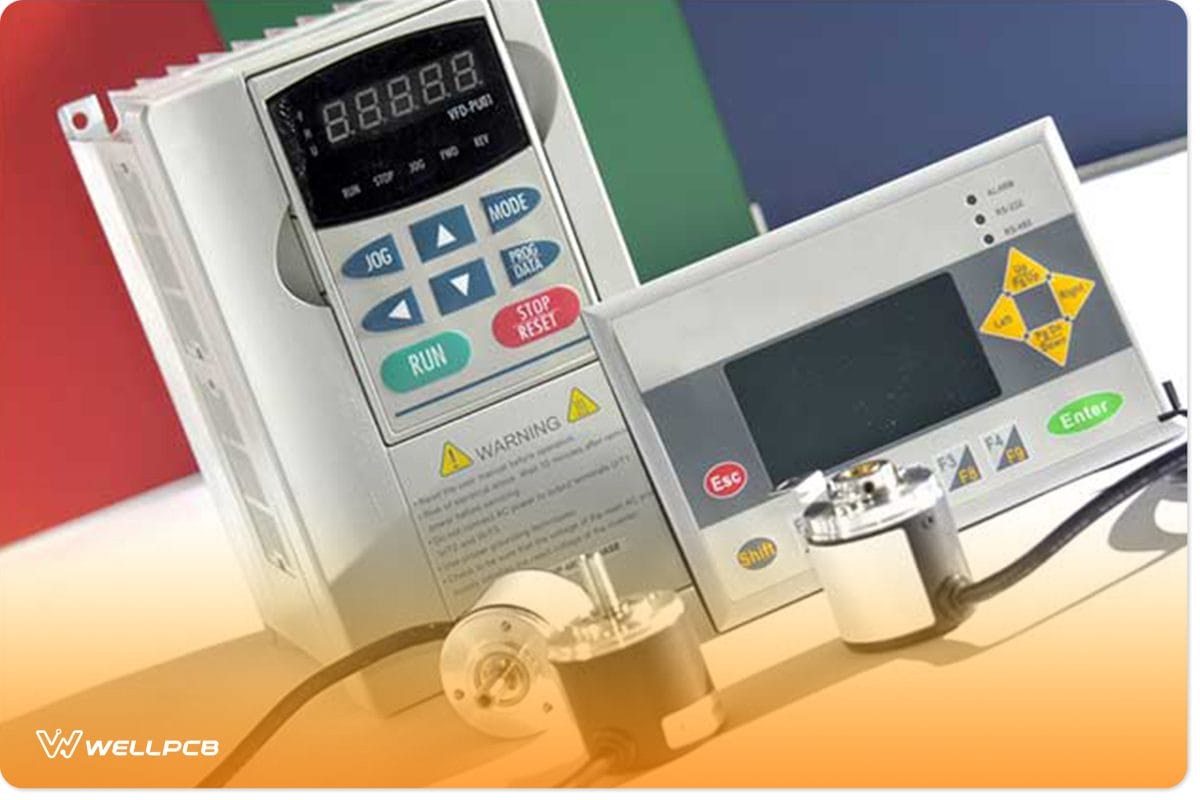
Motor Controller Functions
It may be interesting to make an overview of all the things that a motor controller can do. The list is quite long, but here is a quick overview:
- Speed control – you can adjust both AC and DC machines’ speed by using a control system.
- Voltage control – if your machine requires variable voltage, a controller will be able to deliver it.
- Current control – current is another thing that a motor controller can adjust based on your application’s needs.
- Converters – these convert DC or AC supply to AC or DC output, which can be very convenient in some environments.
- Inverters – these are capable of providing AC supply from an AC source and a DC source. Inverters can change DC to AC and deliver it to the product.
- Position control – if you need to position the motor accurately, these devices can help.

Main Reasons for Motor Controller Failure
Component Failure
The number of components on a motor controller depends on its construction. However, it is safe to say that an average controller has dozens of different parts, and their number often goes over a thousand.
Each of these components has a certain role in how the controller works. Interconnectors, resistors, and diodes are all important for a device to work properly. If only a single component fails, the entire unit can, too.
Users often oversee that many parts have a limited lifespan. In some cases, you can only expect that they will work for a particular number of cycles. Once they do their job the predicted number of times, the components fail. That can compromise the effectiveness of the entire device.
Although you can replace certain parts, you also have components that are too expensive or impossible to replace. In that case, when a specific part fails, it also causes the end of the lifespan of the entire controller.
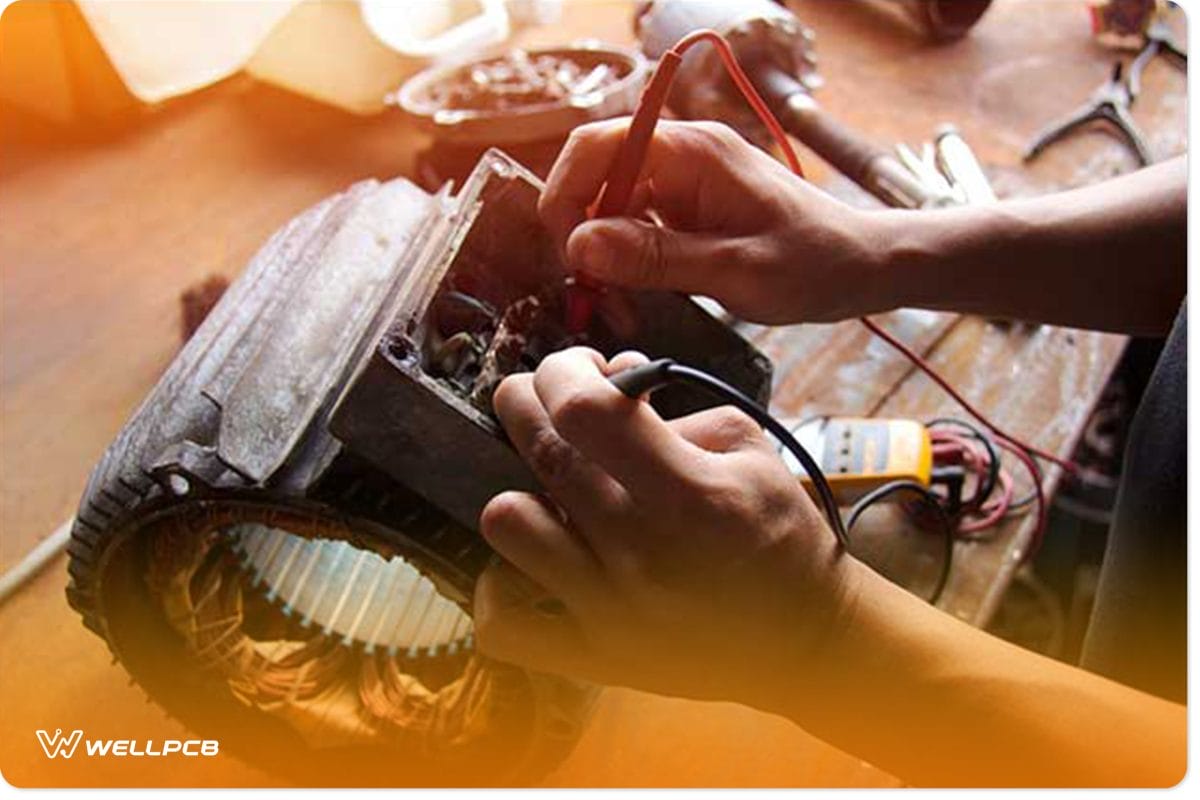
Improper Use and Installation
As with many other electronic products, many failures occur during the installation itself. If you connect something the wrong way, it may cause damage to the electrical circuit. That could compromise the performance of the controller before it starts working or the moment you activate it. A wrong setup can mean the control system cannot perform up to its expectations or work at all.
You don’t want to risk the investment you made into your motor controller. That is why you need to follow the installation instructions carefully. If you have any dilemmas or don’t think you can handle the installation, always call a professional. It is essential to ensure a correct setup as that is the only way to ensure the unit will work properly.
Aside from installing it, you also want to use a motor controller the right way. After all, it is essential to use any electrical products properly, or you may risk their misfunction and failure. Control systems are not an exception.
You want to ensure that all the moves you make are by the instructions. Make sure to read the guidelines carefully. For example, if you drive a vehicle the way how the manufacturer didn’t plan, you may abuse the product and cause controller failure.
Optimal use is the only guarantee that your control system will reach the predicted lifespan. Even then, you want to ensure to take the required maintenance steps regularly. Taking care of your motor control center is essential to prolonging its longevity.

Contamination
Contamination is a single word that sounds scary, and when it comes to motor controllers, it can be frightening. We are talking about various forms of contamination, but the most common one includes dirt and dust.
If you let your control system get too dirty and dusty, it may stop working properly. Contamination from dirt and dust might not cause direct failure right away, but it can lead to your device performing below expectations and compromise its lifespan.
A far more dangerous way of contaminating your controller is by using chemicals. It may be a lack of attention that leads to a spill or improper cleaning. Depending on the chemical, the control system may fail immediately.
If you want to avoid the fatal outcome or any other problems with your motor controller that contamination can cause, the solution is simple. For starters, protect the area where you keep your motor control system. Place it in a cabinet, and avoid leaving it in the open. That way, it will be hard for the dust to fall on the components, and you will also protect them from chemicals.
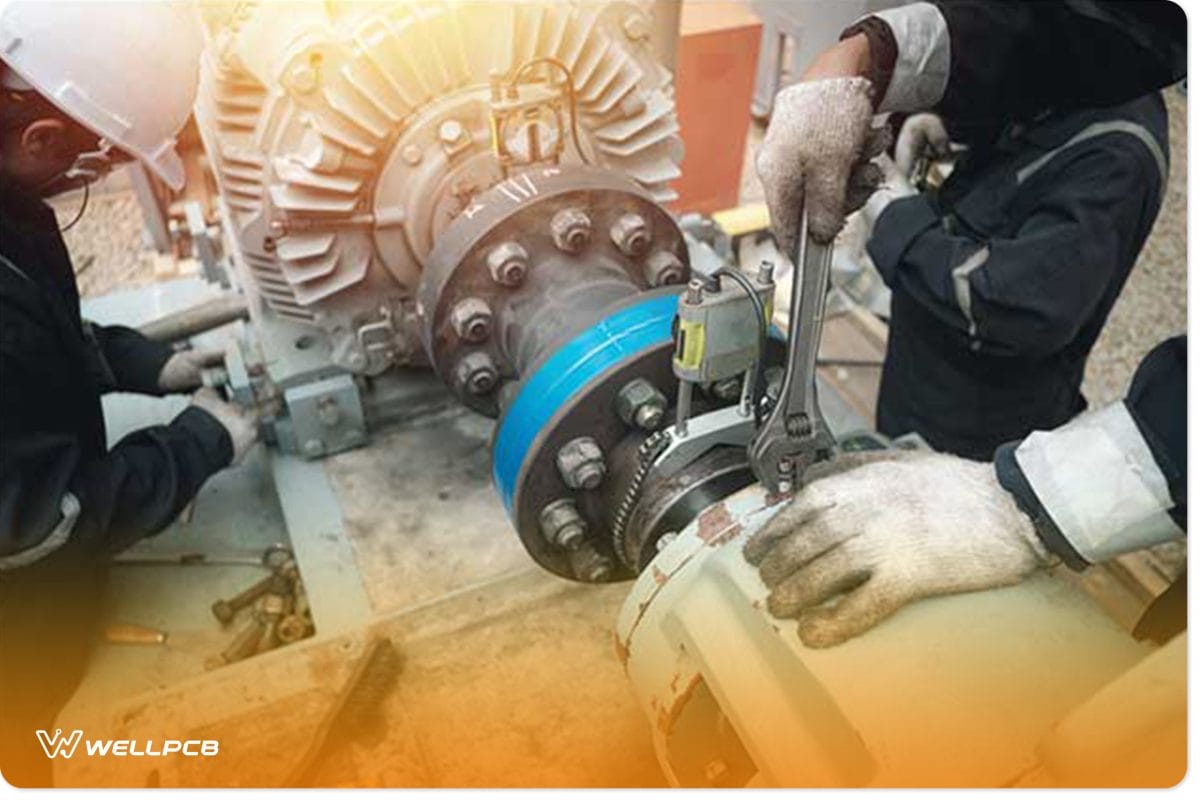
Vibration
It is normal for a motor to vibrate, and the task of the controller can be to put that vibration under control. However, elevated vibration levels can compromise both the controller and the motor itself.
First, you want to consider the proper placement of the components. Your motor control system needs to be on a surface that is stable and even. The same applies to your motor, which is why you should consider the ideal position for these units.
Regular maintenance is also essential to prevent vibration issues, especially with the motor. Yes, motor vibration can affect the controller and compromise its performance and longevity. The system can suffer from prolonged vibrations because certain parts may loosen up, which can affect optimal function.
Additionally, vibration can move the motor controller from its designated position, and it may fall on the floor. That may cause some components to break and might signal the end of the product’s lifespan.
Regular maintenance is vital to ensure that vibration levels aren’t above the standard ones. You have specialized tools that monitor vibration, and you should use them as often as you think you should. Please note that unexpected levels of vibration might signal a motor issue, such as corrosion, misalignment, or loose bearings.
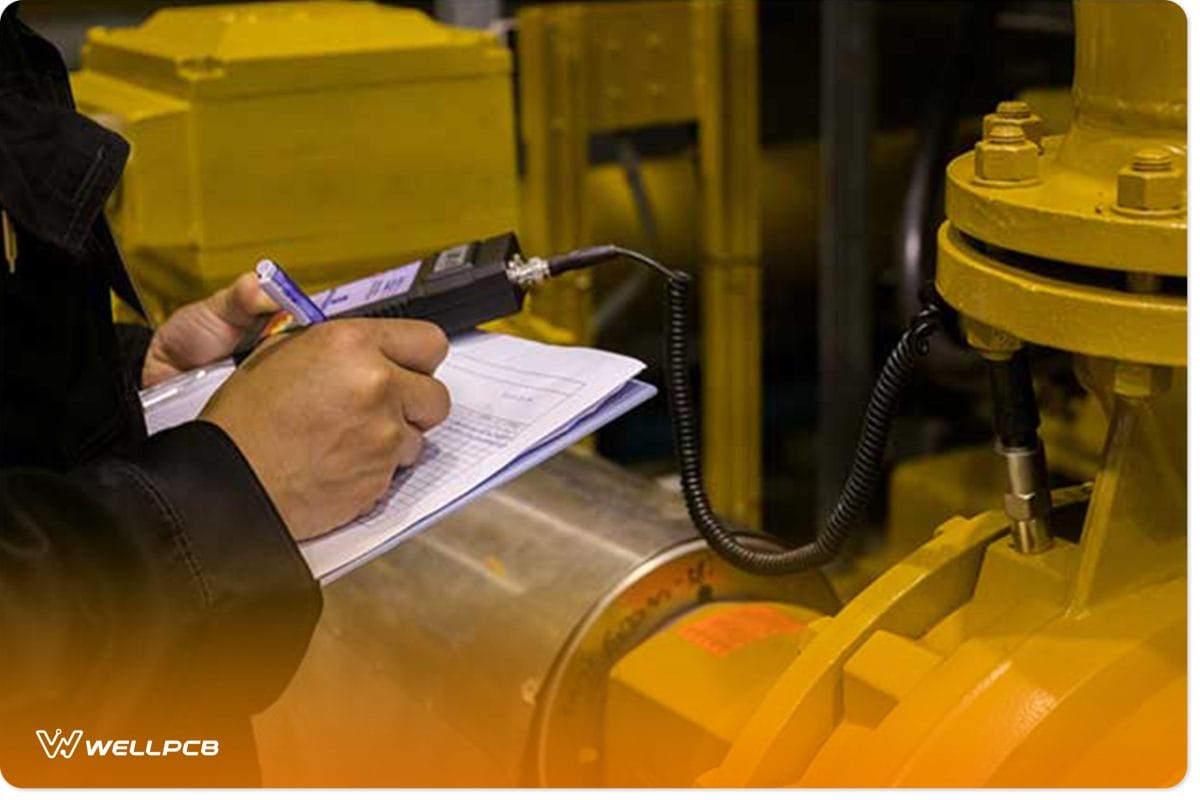
Other Reasons for Motor Controller Failure
The reasons we mentioned above are the most common ones, but motor controller failure might happen for other reasons, too. That list includes:
• External input failure – you surely have numerous inputs connected to your motor controller. Those inputs may be analog and digital or speed sensors. If one of those parts fails, the chances are it can compromise the performance of the entire unit.
• Overheating – motor controllers cannot handle extreme temperature conditions. That is why you should consider implementing an optimal cooling solution. If you fail to do that, the heat will rise slowly. Once it reaches an overheating temperature, the controller will start stuttering in its performance, and that can eventually lead to failure.
• Overcooling – extreme temperatures affect the performance of a controller. That means you can compromise the control system if you use it in environments that are too cold. Make sure to check out the optimal heat conditions and keep them within that time frame.
• Inadequate component quality – you want to use only the top-quality components in your motor controller. That way, you will optimize its reliability and longevity.
If you want top-quality components and products, you need to work with trustworthy manufacturers. WellPCB has been in the business of designing printed circuit boards for years. The company has modern equipment and skillful staff and is ready to design units that will exceed your expectations. Don’t hesitate to contact them with any PCB needs you might have.
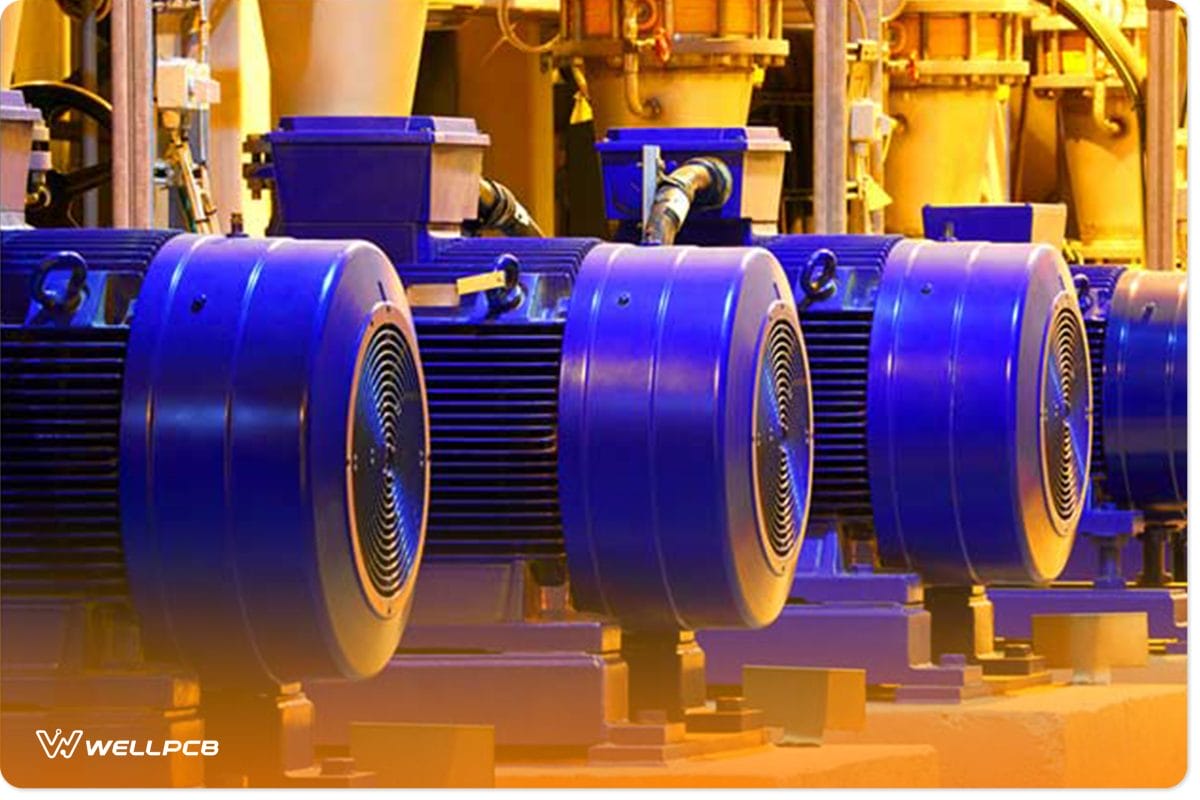
Conclusion
Motor controllers are incredibly useful products, but they are also quite vulnerable. Various conditions may affect the performance, reliability, and lifespan of motor control systems. That is why you need to take adequate precautions and maintain the system properly. It will take a bit of extra time and effort, but you will ensure optimal performance, and that’s what matters.
